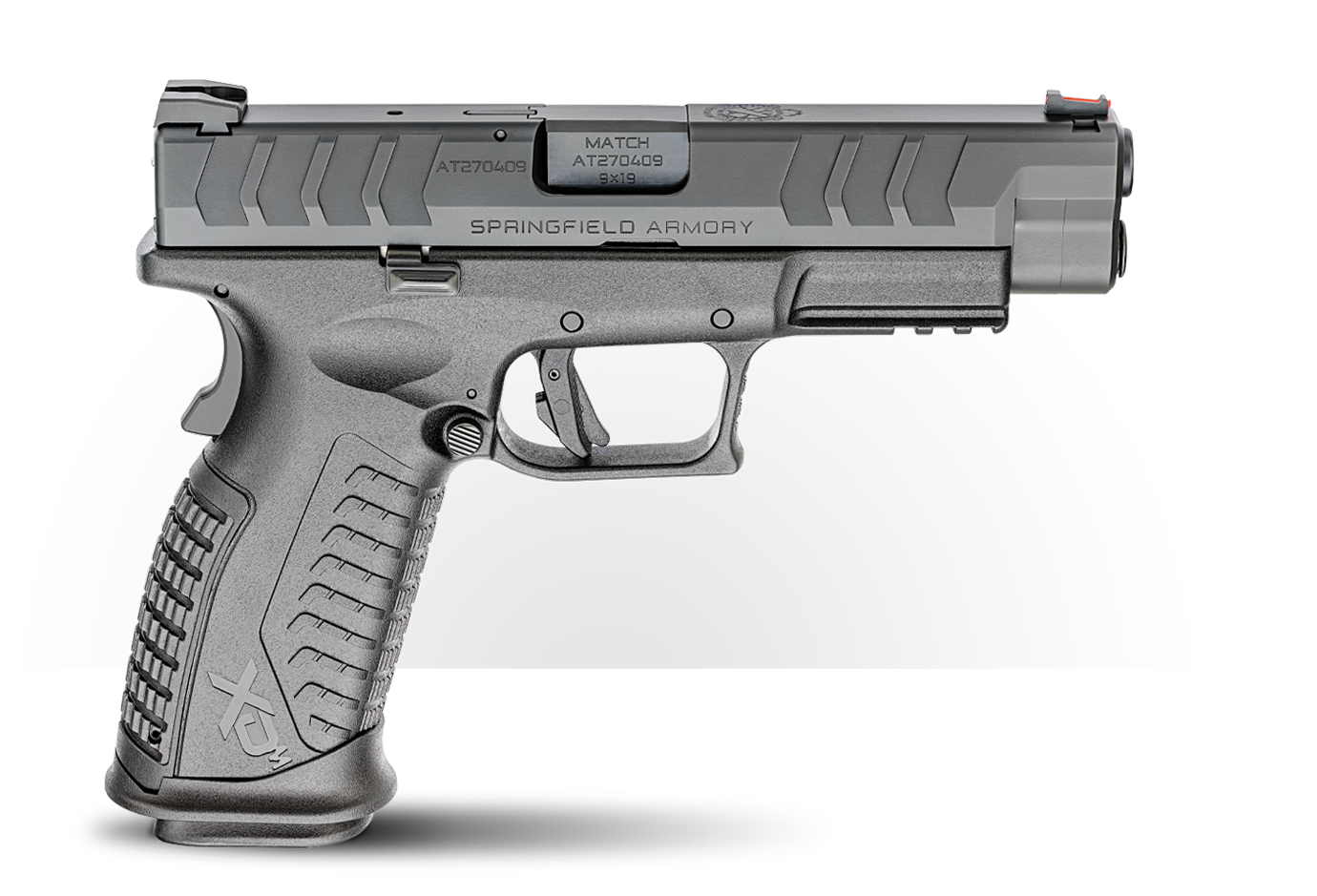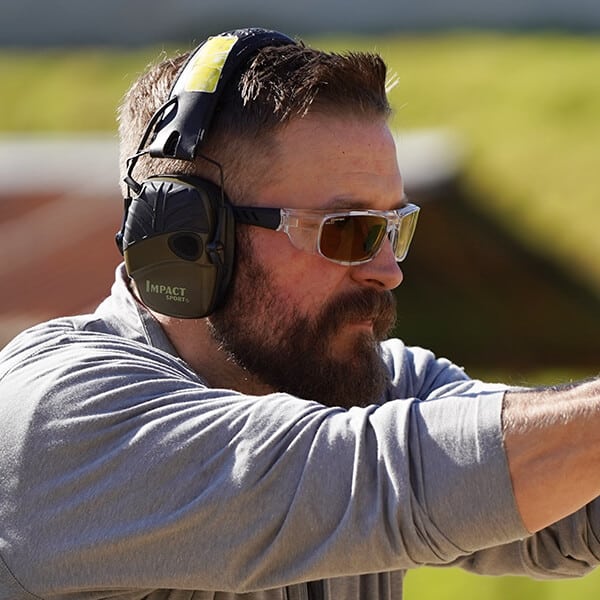Editor’s Note: This is the second entry in the “Practical Skills” series from The Humble Marksman. You can find the first part on recoil management here, the third part on improving your draw here and the fourth part on speeding up your reloads here.
Pistol shooting is simple to understand — it’s just not easy. In theory, if you hold the gun completely still and pull the trigger directly to the rear, then the holes will show up exactly at the tip of the front sight blade or dot is on target. That’s easy to understand but isn’t as easy to execute. What complicates the issue further is a given target doesn’t require the same trigger fundamental if the goal is acceptable hits (meaning the edge of a given area is as good as the center of that area).
In practical shooting, there are commonly three different trigger manipulation fundamentals — surprise break, prep and press, and trigger slapping. Much like sight pictures, you don’t need the same trigger pull to make every shot. You can — and should — round the edges when presentations do not require the strictest trigger manipulation, otherwise, you’re wasting time.
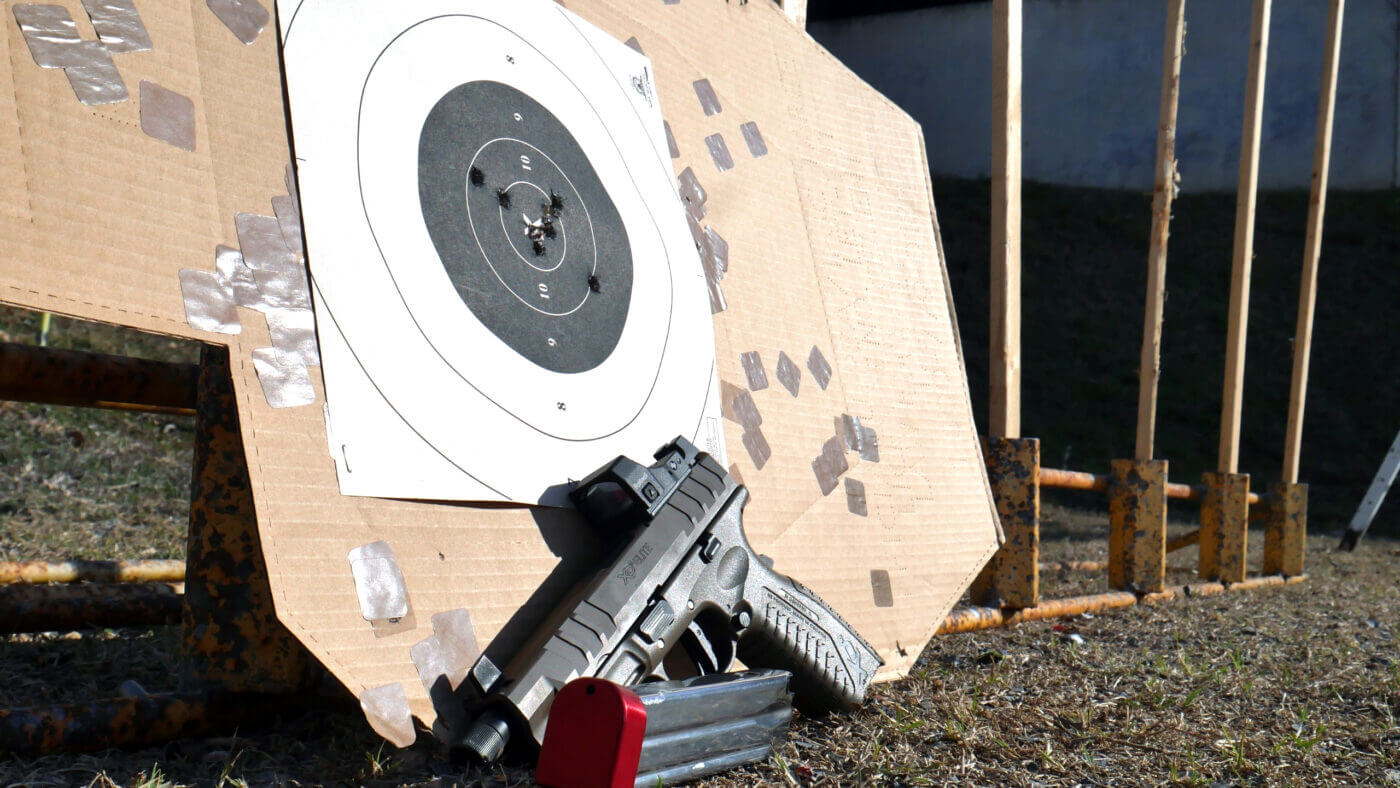
We will look at all three fundamentals and discuss when they are appropriate.
The Foundation
The first fundamental is the surprise break, which is moving the trigger to the rear as you’re aimed at a target, building pressure on the trigger slowly until the trigger releases and the break comes as a surprise. In the conversation on marksmanship, this fundamental is the most quoted. It’s also the least practical for a dynamic context — be it sport shooting or home defense.
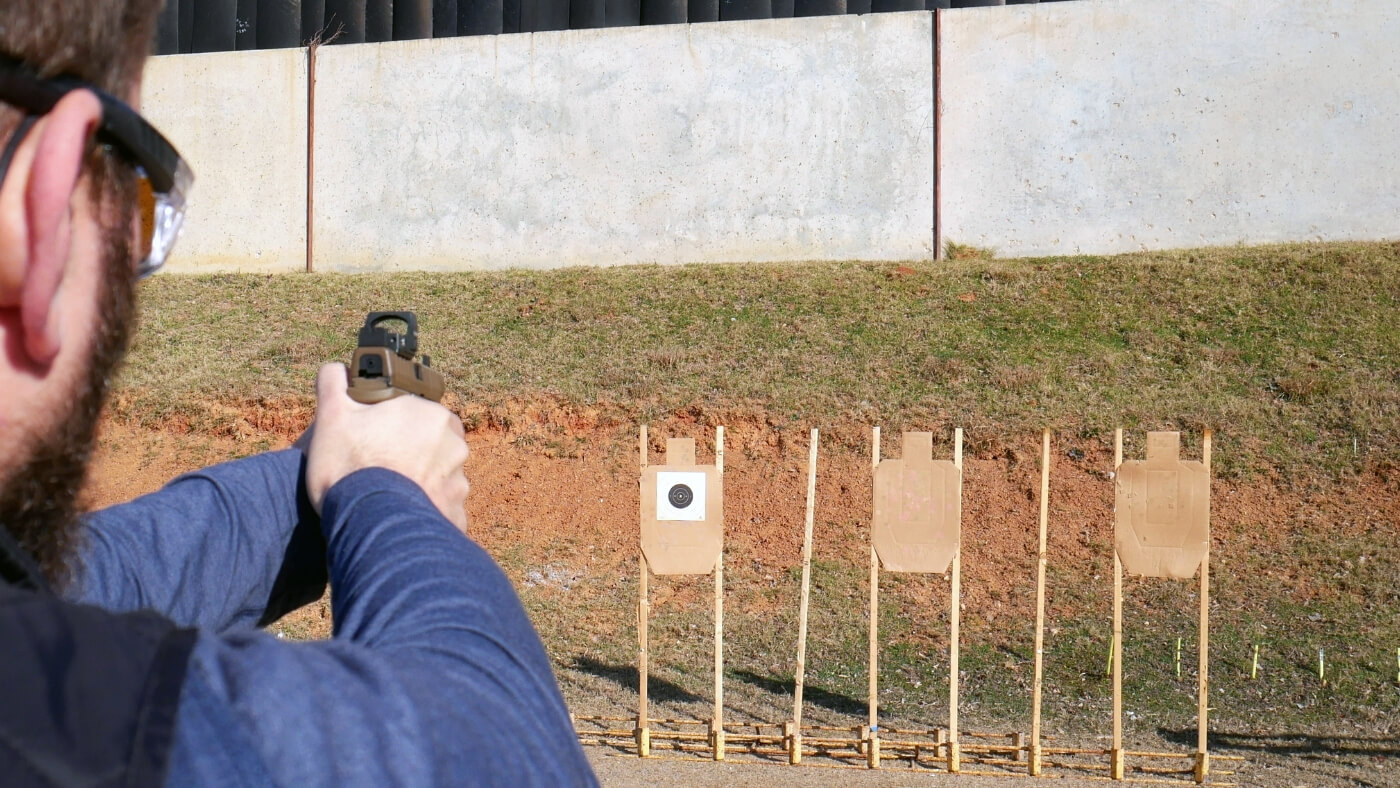
This fundamental is excellent for bullseye or group shooting. The key to making this work is breaking the shot sequence into parts. First we must aim the gun, or align the sights and hold it over your target. Put the tip of your front sight where you want the bullet to impact. Once our sight picture is acceptable, stop aiming.
Now, accept the natural wobble that comes with holding a 2½ lb. weight at arm’s length. Begin to focus on slowly moving the trigger to the rear while observing the sights — do not correct them. Keep putting pressure on the trigger until it releases, as a surprise, and observe where the sight lands.
The key to success with this technique is to not attempt to “fix” the aiming as the sight moves around as you work through the trigger. Attempts at correction will usually be met with errant shots high or low — usually from recoil anticipation. If you rely on your grip and two-handed shooting stance to absorb recoil and simply focus on moving the trigger to the rear, your accuracy will be excellent.
Building Blocks
The next fundamental, the prep and press, is the most useful. The concept is simple: pull through the trigger rapidly to the point where the most pressure is required to break the shot, or get the trigger on “the wall”.
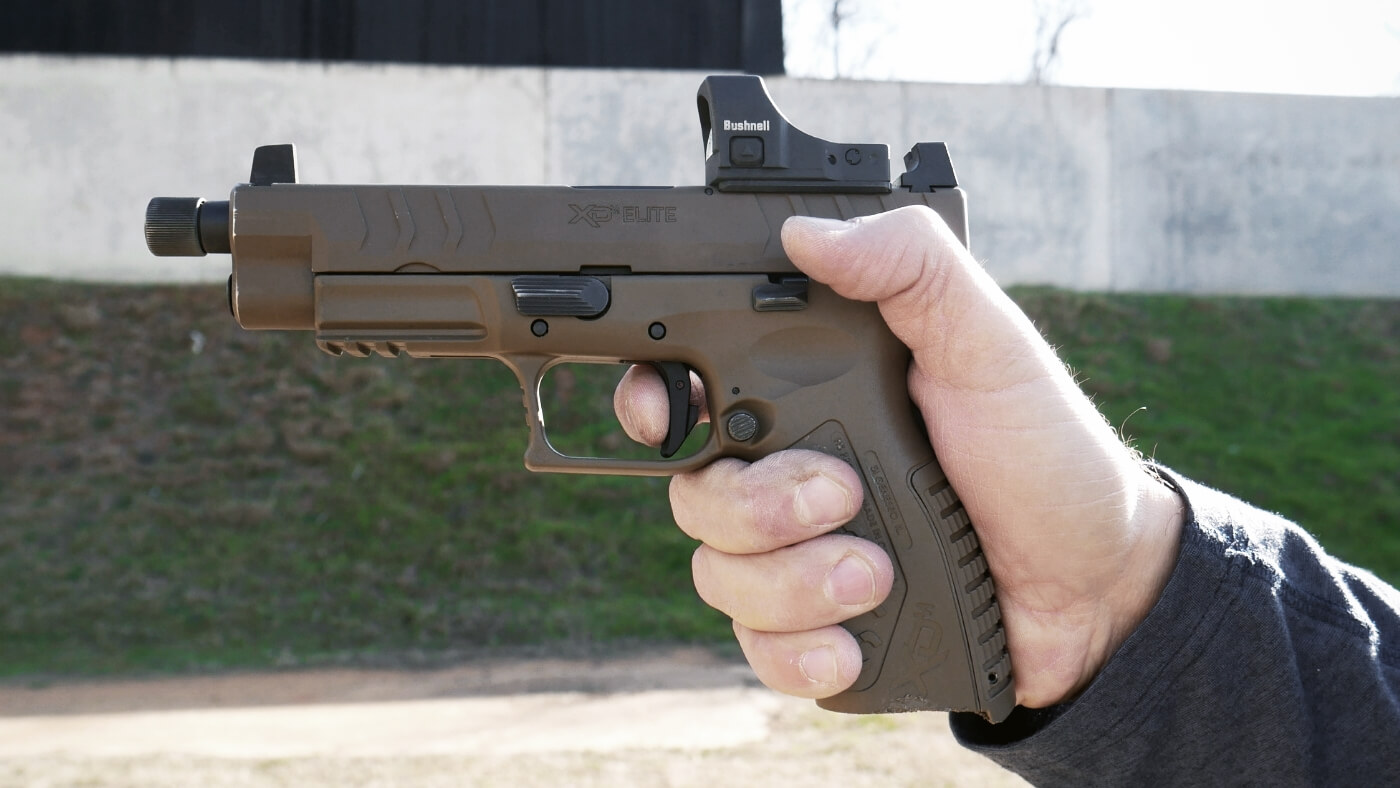
With your sights on target, and trigger on the wall, refine your sights, then pull through the final bit of trigger travel, breaking the shot. The advantage of this style of trigger pull is that the amount the sights will be disturbed for the final bit of trigger travel is minimal and the process is faster than the surprise break. The disadvantage of this technique is it’s slower than trigger slapping and can be overkill for easier to engage targets and if not careful it’s possible to yank the trigger disturbing the muzzle.
In a practical shooting (competition) context, the prep and press is exceptionally powerful when applied while executing another skill. You can prep the trigger on the presentation, you can prep the trigger as the gun recoils, and you can prep the trigger as you swing onto the next target. With practice, you can learn to reset to the trigger rapidly and be prepped and ready to shoot at the same target with follow up shots. This skill is hugely useful when transitioning onto steel targets or at middle distance ranges (15-25 yards).
Moving Forward
The final fundamental is the trigger slap. Trigger slapping is very popular in USPSA where there can be several low difficulty targets per stage. The fundamental is exactly what it sounds like — you rapidly pull the trigger (or “slap” it) while aimed at the target. The limitations of this skill are tied to your individual ability to manage recoil. For some shooters — they can trigger slap at 15 or even 20 yards. Other shooters will only be able to guarantee good hits trigger slapping inside 7 yards. Regardless of where you fall on the spectrum with your recoil management, it pays dividends on match day to know what your capabilities are.
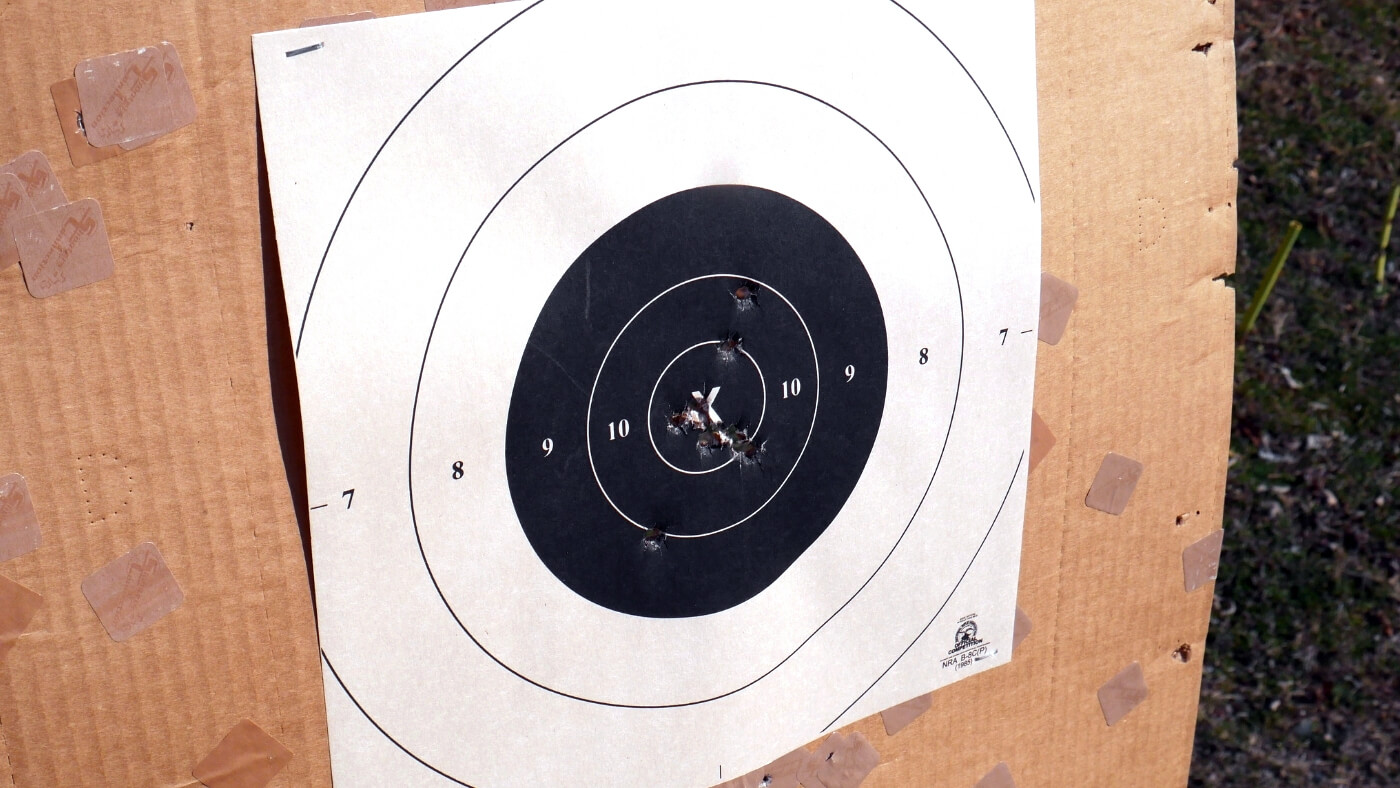
To execute trigger slapping well, we must have an efficient trigger pull where we rapidly slap the trigger with just enough force to release the shot and no more. We then must be able to get off the trigger just as fast as we attempt to get back on for the next shot. This technique is more easily accomplished with a looser strong hand grip on the gun, which puts extra emphasis on our support hand grip.
Trigger slapping becomes very powerful when combined with target focused shooting. For 5- and even 7- or 10-yard targets — an open USPSA “A” zone will fit, if not your whole gun at least the whole slide. For targets in this range, don’t seek to validate an “equal height, equal light” sight picture, but shortcut the process by accepting “all three sights are in the scoring zone I’m trying to hit.” Edge hits on the perforation score the same as neat holes in the center of the target.
Conclusion
In a typical match environment, you will find targets that make sense to prep and press and targets that controlled slapping make sense. When you set up your training — both in dryfire and live fire — be sure to set up arrays that test both fundamentals. Be able to switch between the fundamentals on the fly and give each target the respect it deserves, and no more. If you set open targets at 7, 15 and 25 yards and put two shots on each, the amount of sights and trigger are going to vary. The audible cadence should tell the story which pair of shots on each target. What you don’t want is your cadence for those shots at 25 yards to be the same as your cadence at 5 yards; you are wasting time. Each target gets the respect it deserves and no more, everything else is waste.
Editor’s Note: Be sure to check out The Armory Life Forum, where you can comment about our daily articles, as well as just talk guns and gear. Click the “Go To Forum Thread” link below to jump in!
Join the Discussion
Featured in this video
Continue Reading
Did you enjoy this video?

 97
97




